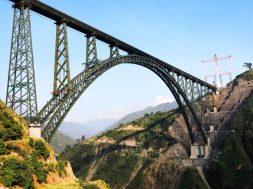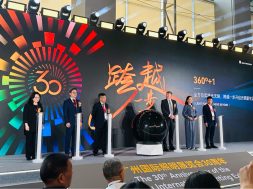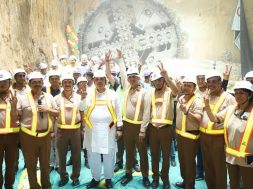Architects are guardians of built and unbuilt environment: Brinda Somaya
“Architecture, for me, is about connecting and creating spaces between man and the earth,” says Architect Brinda Somaya
Historic conservation can make cities more competitive because historic buildings give more eminence to the area when compared to the standardised skyscrapers that dominate the cities. Architect Brinda Somaya has created contemporary spaces using traditional designs and made conservation her belief. In an interaction with Afreen Sayed, Brinda talks about conservation projects she is currently working on and what architecture means to her.
Can you describe the evolution in your work from when you began until today? I believe that development and progress must proceed without straining the cultural and historic environment. My philosophy is that the architects role is that of guardian – his is the conscience of the built and unbuilt environment. This belief led to the formation of Somaya & Kalappa, the company I founded and have headed for the last three decades. My work includes corporate, industrial and institutional designs that extends to public spaces, which has been rebuilt and sometimes reinvented as pavements, parks and plazas. These include the Colaba Woods, Ganeshpuri Temple and a slew of pavements in South Mumbai and the reconstruction of an entire village in Kutch. Commenting on the diversity of projects, I would like to say, each project is different and each has to be part of its natural environment.
What is the biggest challenge the profession of architecture is facing as far as India is concerned?Change is continuous in any practice and while changes occur the basic philosophy of my firm and its beliefs remain firmly grounded. I must admit that living and working as an architect in India has involved challenges much more varied in nature than conventional architectural projects in most parts of the world. In the olden days we thought of man (mankind) when cities were being built. Today we think of floor space index, building codes, budgets and so on but often leave out the protagonist of the space i.e. man. Architecture, for me, is about connecting and creating spaces between man and the earth. Architecture is about places, its a collective memory. Architects are guardians of the built and unbuilt environment, and must be able to work with the same commitment in urban as well as rural areas. I enjoy diversity and the challenges of greenfield projects as much as conserving old heritage buildings.
What projects are you currently working on?In conservation and restoration projects we are restoring the famed Rajabai Clock Tower and the Library Building of the Mumbai University. We have just won the competition for the restoration and upgradation of the historic Louis Kahn Buildings of the Indian Institute of Management, Ahmedabad (IIM-A). In new work the Tata Consultancy Services campus at Indore has just begun construction and two phases of the Goa Institute of Management in Goa are now complete and the third has begun. Several other projects like the Textile Gallery at the Chhatrapati Shivaji Maharaj Vastu Sangrahalaya, (CSMVS) formerly known as the Prince of Wales Museum in Mumbai is underway as well as the proposed expansion to the B.D. Petit Parsee General Hospital in Mumbai.
How do you bring environmental approach to modern designs?Our ancient scriptures have always told us to tread the land lightly and I think that is a belief which I have had from the very first building I designed over thirty years ago. This was long before “green” became such an important word in an architects practice.
Apart from treading the land lightly for the new buildings we build, recycling and restoration of our existing built heritage has always been an integral part of my practice.
What advice would you give to young architects?Young architects are doing good work and I have full faith that they will protect our environment and our heritage and yet create contemporary design and take it forward into our new tech-savvy world. As an architect you need to understand peoples needs and anticipate changes. One needs to focus on the aspirations of young people and the changes happening in technology and their lives.
I have always been very optimistic and there are great young architects in our country today. I am sure they will take India on to the world map of architecture.
Cookie Consent
We use cookies to personalize your experience. By continuing to visit this website you agree to our Terms & Conditions, Privacy Policy and Cookie Policy.







